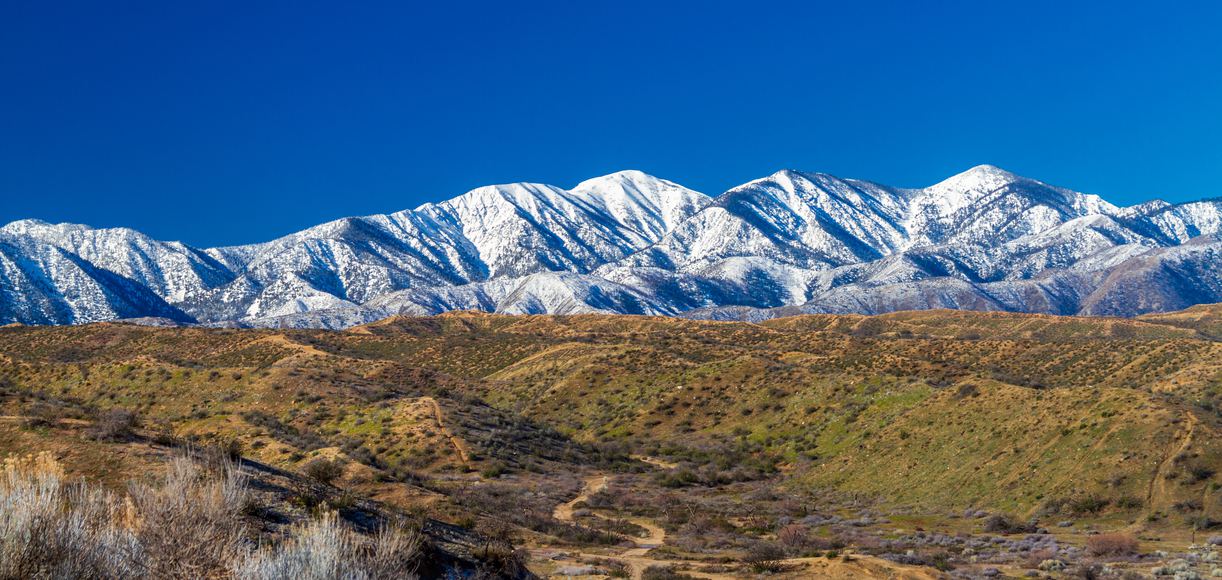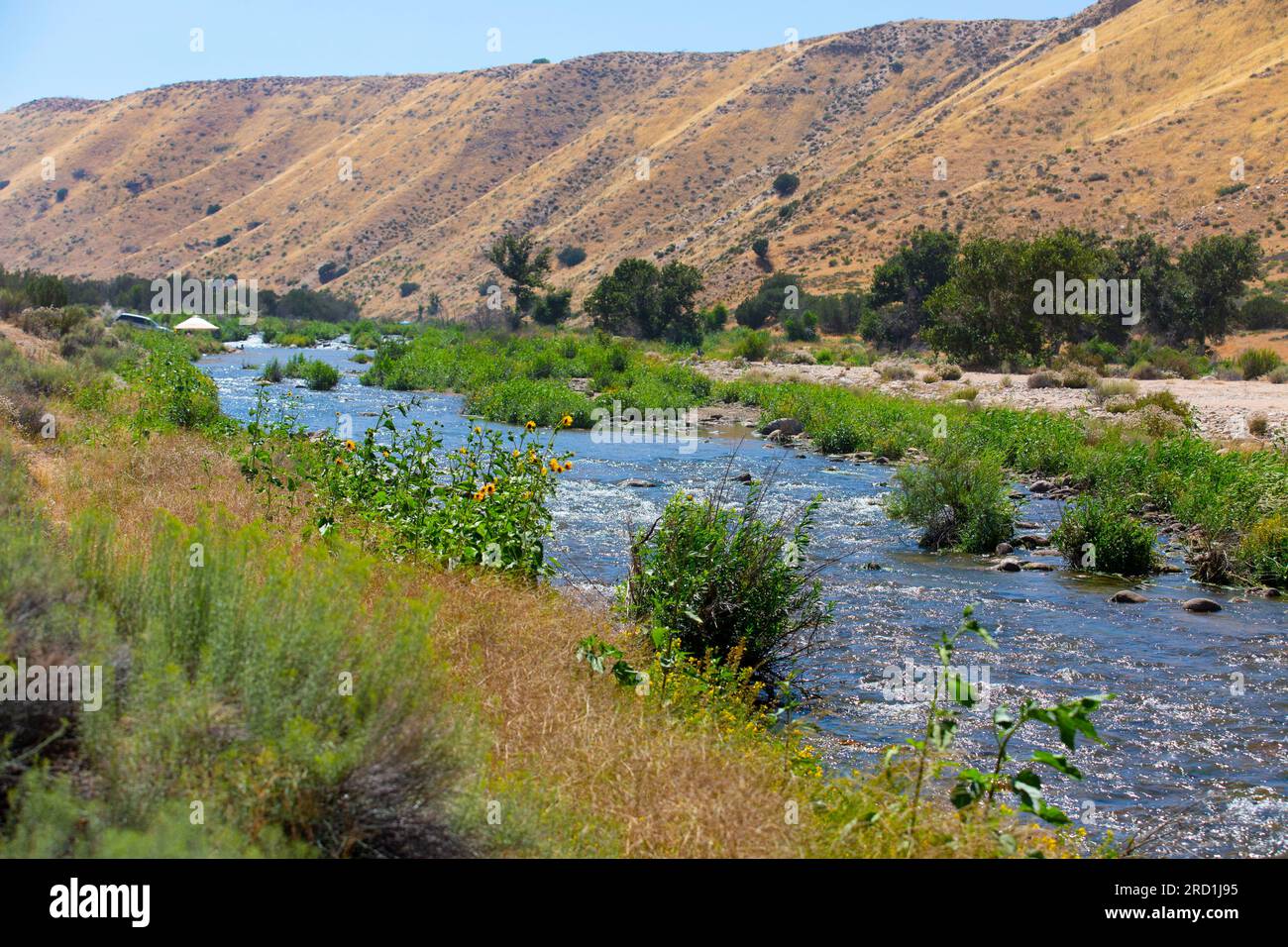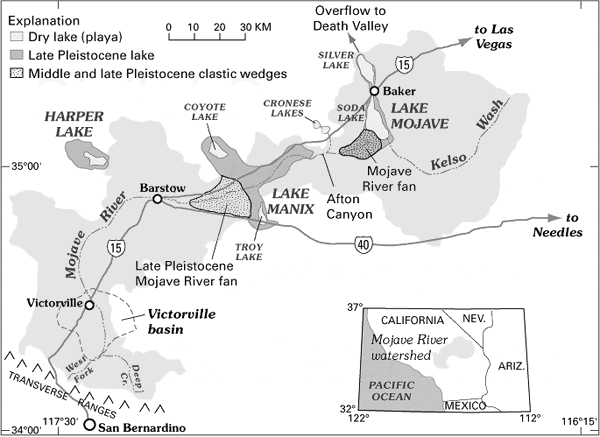Hesperia, California: Home to the Mojave River Valley, But Not an Indian Reservation
Hesperia, California: Home to the Mojave River Valley, But Not an Indian Reservation

Hesperia, California, a city nestled in the high desert of the Mojave River Valley, is a place of stark beauty and rich history. While often associated with wide-open spaces, stunning sunsets, and a laid-back vibe, Hesperia doesn’t have a traditional Indian reservation within its city limits. This might surprise some, given the area’s deep connection to indigenous peoples and the significance of the Mojave River Valley in Native American history.
Let’s dive into the history and current landscape to understand why Hesperia doesn’t have a reservation, even though it’s situated in a region with a rich Native American legacy.
Related Articles: Hesperia, California: Home to the Mojave River Valley, But Not an Indian Reservation
- Discover the Enchanting Native American Reservations of Oklahoma: A Journey of Culture and Heritage
- California’s Native Voices: A Look At Tribes Today
- Discover the Vibrant Tapestry of Texas Tribes: Unveiling Cultural Treasures and Historical Insights
- Unveiling the Largest Indian Tribe in America: Discoveries and Insights Await
- Unlocking the Enigma: Unveiling the Identity, Heritage, and Resilience of the Cherokee People
A Land of Ancient Cultures
The Mojave River Valley, where Hesperia sits, has been home to indigenous people for thousands of years. The Mojave, Chemehuevi, and Serrano tribes, each with their unique cultures and traditions, have long called this land their ancestral home.
The Mojave, whose name translates to "people of the river," thrived in the valley, relying on the river for sustenance and their survival. Their traditional way of life revolved around hunting, gathering, and agriculture, and their cultural practices were deeply intertwined with the natural environment.
The Chemehuevi, known as the "people of the water," were skilled fishermen and boat builders. They occupied the shores of the Mojave River and Lake Mojave, utilizing its resources for their livelihood. The Serrano, who inhabited the mountains surrounding the valley, were adept hunters and gatherers, their knowledge of the terrain and its resources proving essential for their survival.
The Impact of Colonization
The arrival of European settlers in the 18th and 19th centuries brought significant changes to the lives of the indigenous people living in the Mojave River Valley. The introduction of new diseases, coupled with the displacement of their traditional lands and way of life, had a devastating impact on their populations.
The Spanish, who established missions and settlements in California, began to exert control over the land, leading to conflicts with the indigenous tribes. The Mexican government, following independence from Spain, continued this pattern of land appropriation and displacement.
The Rise of Hesperia

Hesperia, founded in the late 19th century, was initially a small agricultural community. However, its strategic location and the availability of land attracted new settlers, leading to its rapid growth.
The development of the city was intricately linked to the expansion of the railroad, which facilitated the transportation of goods and people to and from the area. This period also witnessed the displacement of Native Americans from their ancestral lands, as the city’s development encroached upon their traditional territories.
The Absence of a Reservation
The absence of a traditional Indian reservation within Hesperia’s city limits is a consequence of the historical patterns of land appropriation and displacement experienced by indigenous peoples in the region.
The federal government’s policy of forced assimilation and the creation of reservations in remote and often unsuitable locations further contributed to the marginalization of Native Americans.

While Hesperia itself doesn’t have a reservation, the nearby Fort Mojave Indian Reservation, located just across the Colorado River in Arizona, is home to the Mojave tribe.
Modern Recognition and Efforts
In recent decades, there’s been a growing awareness and recognition of the historical injustices experienced by Native Americans.
The city of Hesperia, along with other communities in the region, has made efforts to acknowledge the rich Native American heritage of the area.
These efforts include:
schlyer_mojave-river--7122.jpg)
- Preservation of historical sites: Recognizing the significance of the Mojave River Valley in Native American history, efforts are being made to preserve and protect historical sites associated with indigenous cultures.
- Collaboration with tribal communities: The city works in collaboration with nearby tribal communities to promote cultural awareness and understanding.
- Education and outreach: Efforts are being made to educate the community about the history and contributions of Native Americans to the region.
Beyond the Reservation
While Hesperia doesn’t have a traditional reservation, it’s important to recognize that the city is located within a region with a strong Native American presence. The Mojave, Chemehuevi, and Serrano tribes continue to maintain cultural connections to the land and its resources.
The absence of a reservation doesn’t negate the significance of Native American history and culture in the region. It’s crucial to remember that the land holds deep meaning for indigenous people, and their stories and traditions are an integral part of the Mojave River Valley’s rich heritage.
Moving Forward
The journey towards reconciliation and understanding between the city of Hesperia and its indigenous neighbors is an ongoing process.
It’s a journey that requires empathy, respect, and a commitment to acknowledging the past and building a more inclusive future.
By recognizing the historical and cultural significance of Native Americans in the Mojave River Valley, Hesperia can contribute to a greater appreciation and understanding of the region’s rich tapestry of heritage.
FAQ: Is There an Indian Reservation in Hesperia, California?
Q: Is there an Indian Reservation in Hesperia, California?
A: No, there is not a traditional Indian reservation within the city limits of Hesperia, California.
Q: Why doesn’t Hesperia have a reservation?
A: The absence of a reservation in Hesperia is a result of historical patterns of land appropriation and displacement experienced by Native Americans in the region. The federal government’s policies of forced assimilation and the creation of reservations in remote locations further contributed to the marginalization of indigenous peoples.
Q: Are there any Native American tribes associated with the Hesperia area?
A: Yes, the Mojave, Chemehuevi, and Serrano tribes have historical and cultural connections to the Mojave River Valley, where Hesperia is located.
Q: What efforts are being made to acknowledge the Native American heritage of Hesperia?
A: The city of Hesperia is working to acknowledge the region’s Native American heritage through efforts such as the preservation of historical sites, collaboration with tribal communities, and education and outreach programs.
Q: Where is the closest Indian Reservation to Hesperia?
A: The closest Indian reservation to Hesperia is the Fort Mojave Indian Reservation, located just across the Colorado River in Arizona. This reservation is home to the Mojave tribe.
Q: How can I learn more about the Native American history of the Hesperia area?
A: You can learn more about the Native American history of the Hesperia area by visiting local museums, historical societies, and libraries. You can also reach out to the nearby tribal communities for information and resources.
Conclusion
Hesperia, while not home to a traditional Indian reservation, is situated in a region with a rich and complex Native American history. Recognizing and acknowledging this heritage is essential for fostering a greater understanding and appreciation of the region’s diverse past and present.
By embracing the stories and traditions of the indigenous people who have called this land home for centuries, Hesperia can continue to build a more inclusive and informed community.

Closure
Thus, we hope this article has provided valuable insights into Hesperia, California: Home to the Mojave River Valley, But Not an Indian Reservation. We hope you find this article informative and beneficial. See you in our next article!